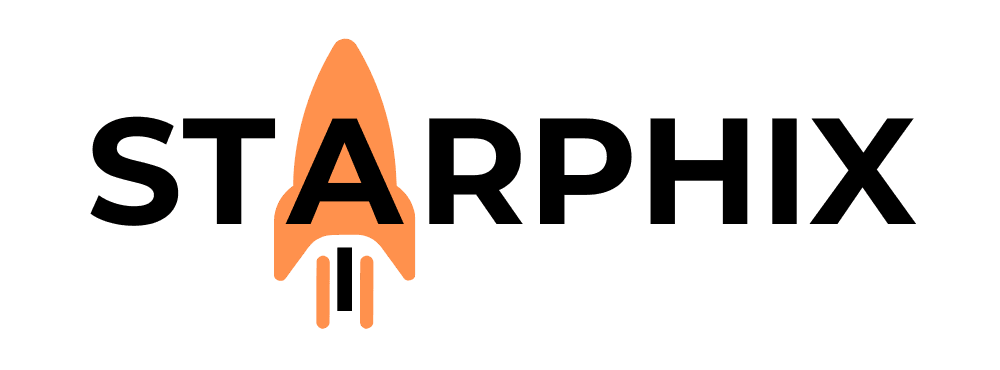Introduction: The Frame and Structure of Intelligence 🤔 #
If the hardware is the solid foundation of our AI house, then the AI model is the frame and structure. It’s the architecture, the walls, the roof—everything that gives the house its shape, purpose, and capabilities. This is the layer where the “intelligence” truly resides. But just as a house can have many different rooms for different purposes, there are several different types of AI models, each designed for a specific job. Understanding these model types is the next step in demystifying the AI stack.
(Image Placeholder: The “AI Stack” graphic from the previous article, but now the middle layer labeled “AI Models (LLMs, Diffusion)” is highlighted.)
The Major Model Types: Different Tools for Different Jobs 🧰 #
While there are many specialized AI models, two types have become the powerhouses of the modern generative AI landscape.
Large Language Models (LLMs): The Master of Words ✍️ #
A Large Language Model (LLM) is an AI that has been trained on a vast amount of text data to understand, interpret, and generate human language. It’s the engine behind the conversational chat tools that have taken the world by storm.
- What it does: Processes and generates text. This includes answering questions, summarizing long documents, translating languages, writing code, and carrying on a conversation.
- Well-Known Examples: The GPT family from OpenAI (powering ChatGPT), Google’s Gemini, and Anthropic’s Claude.
Diffusion Models: The Visual Artist 🎨 #
A Diffusion Model is a specialized AI designed to generate high-quality, complex images from text descriptions (prompts). It works through a clever, two-step process. First, it takes a real image and systematically adds “noise” (random pixels) until nothing but static is left. It learns this process in reverse, so when you give it a prompt, it can start with random noise and skillfully remove it, step-by-step, until a brand-new image that matches your description is formed.
- What it does: Creates images from text.
- Well-Known Examples: OpenAI’s DALL-E, Midjourney, and the open-source Stable Diffusion.
The Next Evolution: What is an AI Agent? 🤖 #
An AI Agent represents the future of this model layer. It’s not just a single model; it’s a system that combines one or more models with the ability to take actions. An agent can reason, plan, and use tools to accomplish a goal.
Think of it this way:
- An LLM is like a brilliant researcher. You can ask it to write a detailed report on the best travel options for a trip to Italy.
- An AI Agent is like an expert travel agent. It uses an LLM to research the options, then it accesses other tools—like a web browser to check flight prices, a calendar API to see when you’re free, and an email client to send you the booking options.
An agent combines the “thinking” power of models with the “doing” power of action-oriented programming, allowing it to autonomously complete complex, multi-step tasks on your behalf.
Related Reading 📚 #
- What’s Next?: The Platform Layer: How APIs and No-Code Tools Connect Everything 🔗
- Explore the Companies Behind the Models: The Ecosystem: Major Players & Platforms 🏢
Want to Run Your Own Model?:Downloading Your First Open-Source Model 🏠


